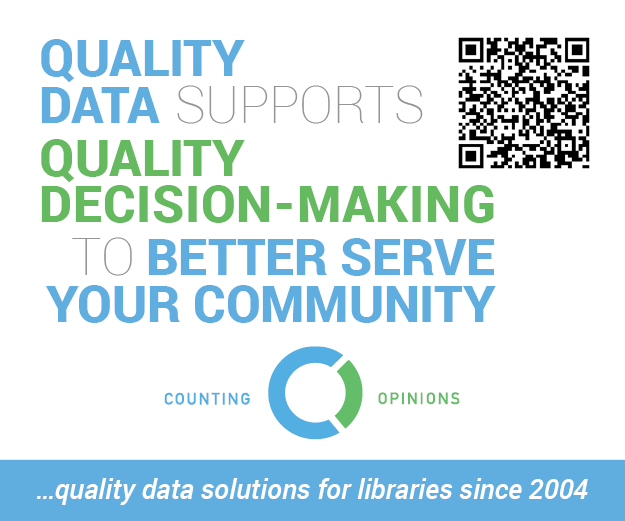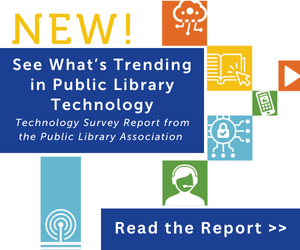Are Small Public Libraries the Way of the Future?

A Washington Post editorial champions the idea of small libraries, suggesting they are key to the industry’s future success. Writer Steve Barker states, “With print collections and budgets down, more libraries may be the answer—but smaller ones.”[1] I work at a public library that serves a population of 4,078. It is one of the smallest of our system’s seventy-seven members (the smallest serves only 3,382). My staff knows most of our regular patrons by name, and many out-of-town visitors tell us they like our library because of its cozy environment. We are part of a cooperative in which each library is independent but can take advantage of select shared services like ILL and digital collections. In a world of large multibranched regional libraries, however, I have typically viewed our size—and corresponding tiny budget—as somewhat of a detriment. Barker’s argument is quite compelling and made me pause to re-evaluate.
Barker notes that few patrons are willing to drive upwards of twenty miles to visit their library. He then argues that local governments should focus on developing/maintaining more numerous, smaller libraries; these libraries and their staff can, in turn, better target their collections and offerings to their specific constituents. Additionally, he suggests incorporating small libraries into larger community centers to strive for a one-stop experience for residents. This type of merger can also save a governing body some of the costs associated with maintaining multiple municipal buildings.[2]
Finally, Barker notes that, with more and more resources moving online, patrons are likely to relish the personalized face-to-face interactions that come with a small library. Certainly, this is one amenity that Google or Amazon cannot compete with.[3]
There are both advantages and disadvantages to public libraries of different sizes. Larger libraries have the boon of more spacious facilities, and, ideally, higher budgets. They are also able to lend deeper, more diverse collections. Smaller libraries are able to offer a more intimate customer experience. Small libraries also tend to be located in more convenient, pedestrian-friendly locations, as there are more of them in a given area, according to Barker.[4] Unfortunately, libraries of all shapes and sizes can experience similar frustrations with advocacy, funding, and more. There is some degree of uncertainty for the future of all libraries.
Have you had experience working in libraries of different sizes? Do you think one type is better than another? Share your thoughts in the comments!












